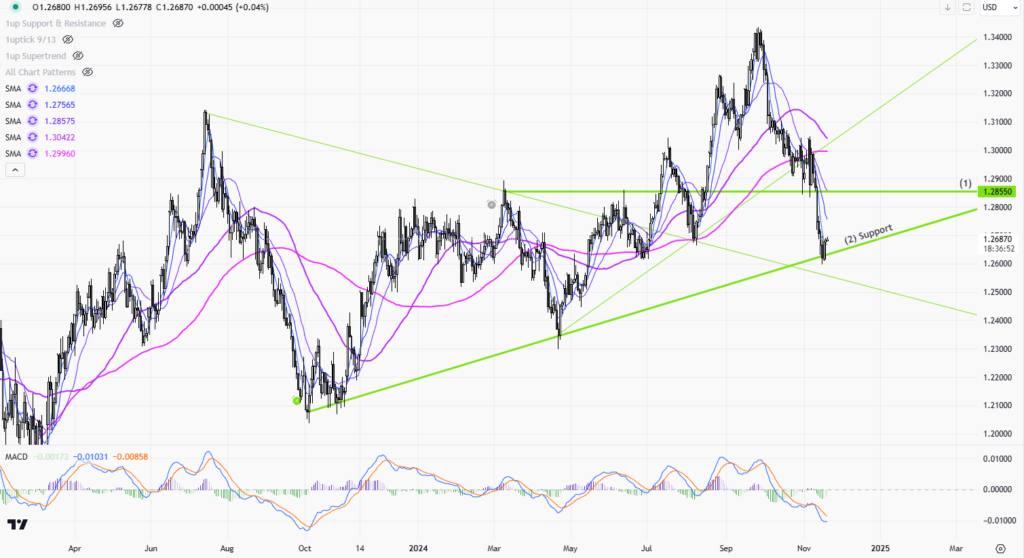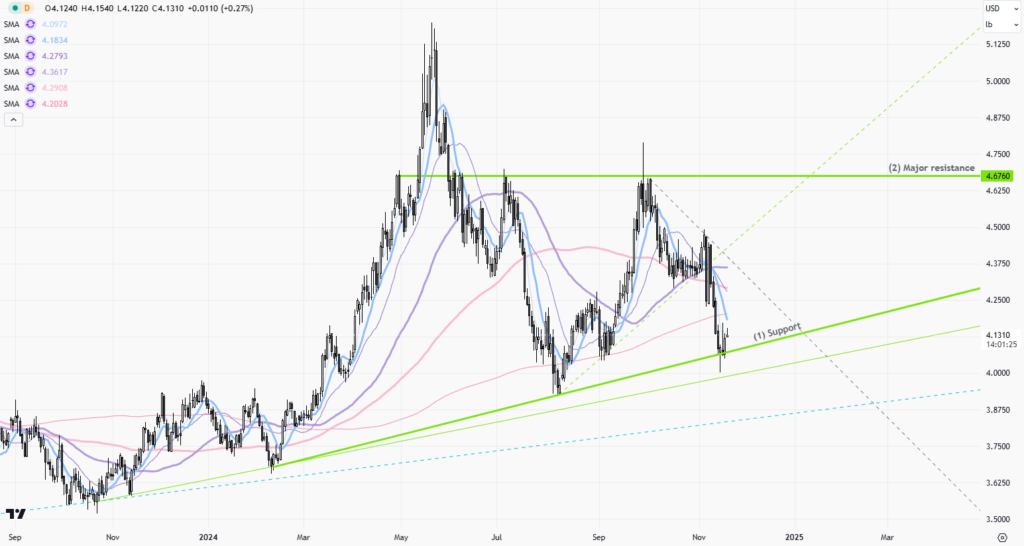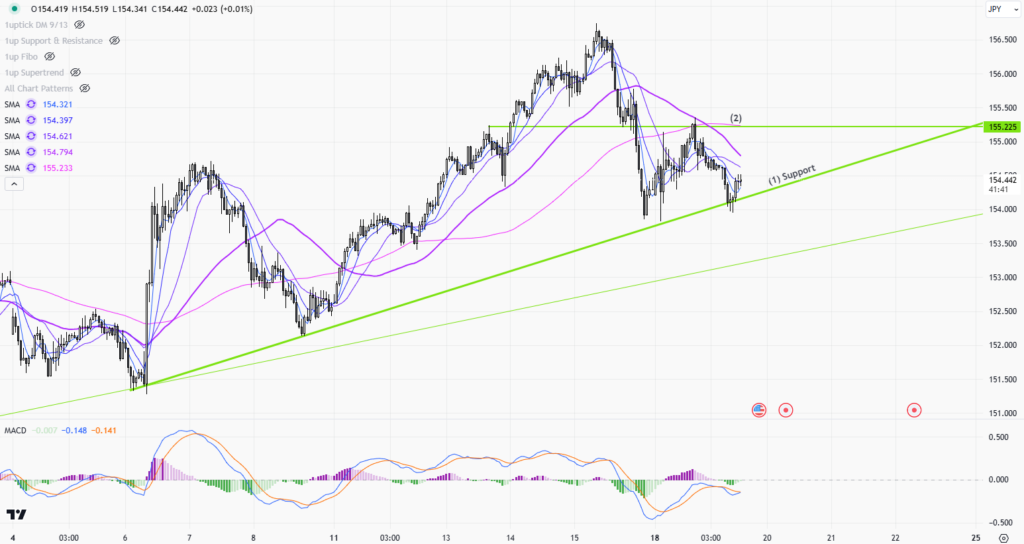 |
| Gold V.1.3.1 signal Telegram Channel (English) |

Middle East Oil Prices Under Pressure Amid Rising Supply and Risks
2025-03-05 @ 14:32
Middle East Oil Prices Face Pressure as Rising OPEC+ Supplies and Global Market Dynamics Impact the Market
Surplus Outlook and Price Impact
The global oil market is expected to shift into a surplus environment in 2025, despite OPEC+ efforts to maintain supply cuts. According to ING, this surplus is driven by a strong increase in non-OPEC production, which is forecast to grow by around **1.4 million barrels per day (b/d)** in 2025, outpacing the demand growth estimate of just under **1 million b/d**.
While OPEC+ actions have somewhat reduced initial surplus projections, the market is still expected to see an oversupply of approximately **500,000 b/d**. This increase in supply is likely to exert downward pressure on oil prices, with ING forecasting **ICE Brent to average around $71 per barrel in 2025**.
Goldman Sachs Research offers a similar outlook, predicting Brent crude to trade within a **$70-$85 per barrel range**, with an average price of **$76 per barrel** in 2025. Analysts highlight that **high spare production capacity among OPEC+ members** and rising output from non-OPEC producers will limit significant price increases.
Geopolitical and Economic Factors
The oil market remains highly susceptible to **geopolitical risks**, with several factors that could influence price movements:
- Iran Sanctions: Tighter enforcement of sanctions against Iran could lead to a significant reduction in Iranian oil exports. China’s dominant role as an importer of Iranian oil may offset some of this impact. However, according to Goldman Sachs, if Iranian exports were to sharply decline, Brent prices could rise to the **mid-$80s per barrel**.
- U.S. Policy Shifts: The potential return of **Donald Trump as U.S. President** could introduce new global trade tensions. Broad **trade tariffs and retaliatory measures** from other nations may lower demand for U.S. oil and refined products, which Goldman Sachs estimates could push Brent crude prices **down to the low $60s by the end of 2026**.
With these risks in play, oil traders and market participants remain on high alert as potential geopolitical events unfold.
OPEC+ Strategies and Compliance
OPEC+ extended its **voluntary supply cuts until March 2025**, with plans to phase them out by **September 2026**. While this move is aimed at stabilizing oil markets, several challenges remain:
- Compliance Issues: Some OPEC+ members have **exceeded their output targets**, raising concerns about group cohesion. Should prices remain weak, some producers might independently increase production, potentially sparking a **price war**.
- High Spare Capacity: The Energy Information Administration (EIA) reports that OPEC+ producers maintain **high spare capacity**, which can be deployed to compensate for supply disruptions. However, previous production cuts **have not significantly boosted oil prices**, highlighting a growing challenge for OPEC+ in managing market stability.
- Gradual Output Growth: OPEC+ production is projected to rise by **0.1 million b/d in 2025** as members bring back output in line with their agreement.
Market analysts will continue to closely monitor **OPEC+ policy adjustments** and their impact on oil price movements.
Non-OPEC Production Growth
The primary driver of global oil supply increases in 2025 is the rise in output from **non-OPEC nations**, including:
- United States: Expected to reach **an all-time high in crude oil production in 2025**, averaging **13.5 million b/d** before stabilizing in 2026.
- Canada, Brazil, and Guyana: These nations will also contribute significantly to non-OPEC growth, with forecasts indicating an additional **1.0 million b/d increase in output for 2025 and 0.9 million b/d for 2026**.
This strong production growth from non-OPEC sources will keep supply levels elevated and limit significant price spikes, further complicating OPEC+ attempts to maintain price stability.
Demand Growth and Structural Trends
In contrast to supply growth, global **oil demand is expected to increase at a modest pace** in



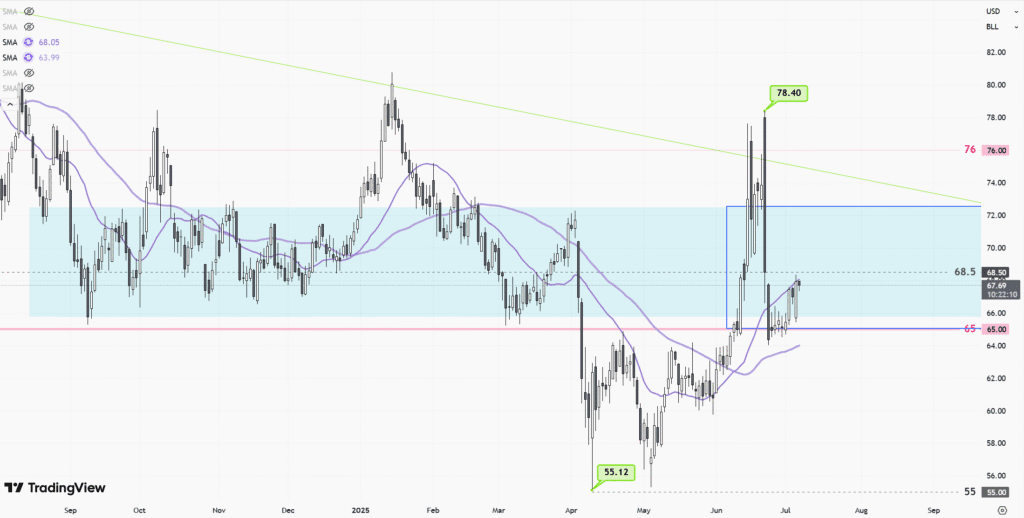
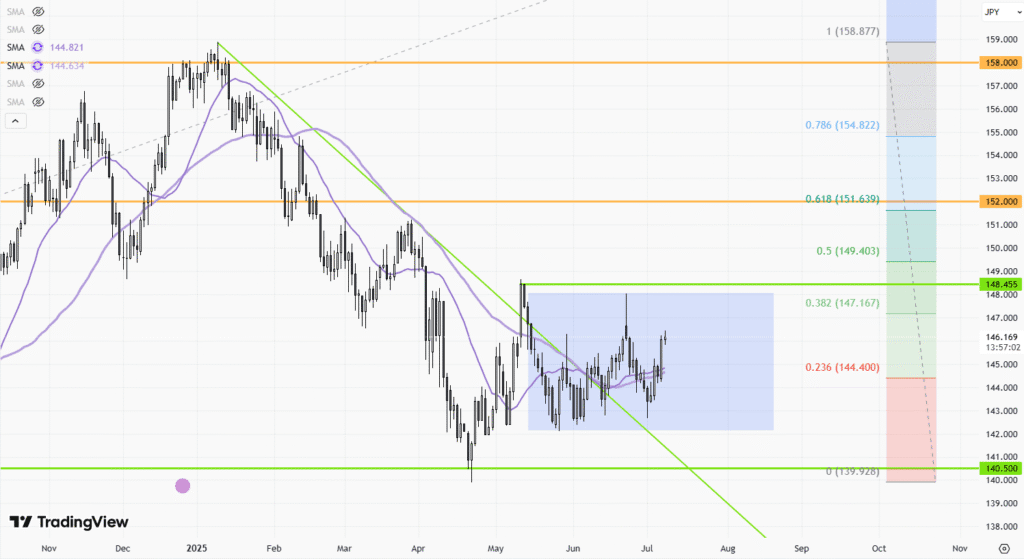
![[Daily Closing 🔔] Gold – Gold Prices in New York Swing Sharply as Geopolitical Tensions and Dollar Strength Drive Market Uncertainty](https://int.1uptick.com/wp-content/uploads/2025/05/2025-05-22T235933.071Z-file-1024x576.png)
![[Daily Closing 🔔] Gold – Gold Prices Climb to New Highs on Tuesday as Weaker Dollar Boosts Safe-Haven Demand](https://int.1uptick.com/wp-content/uploads/2025/05/2025-05-22T004512.731Z-file-1024x576.png)
